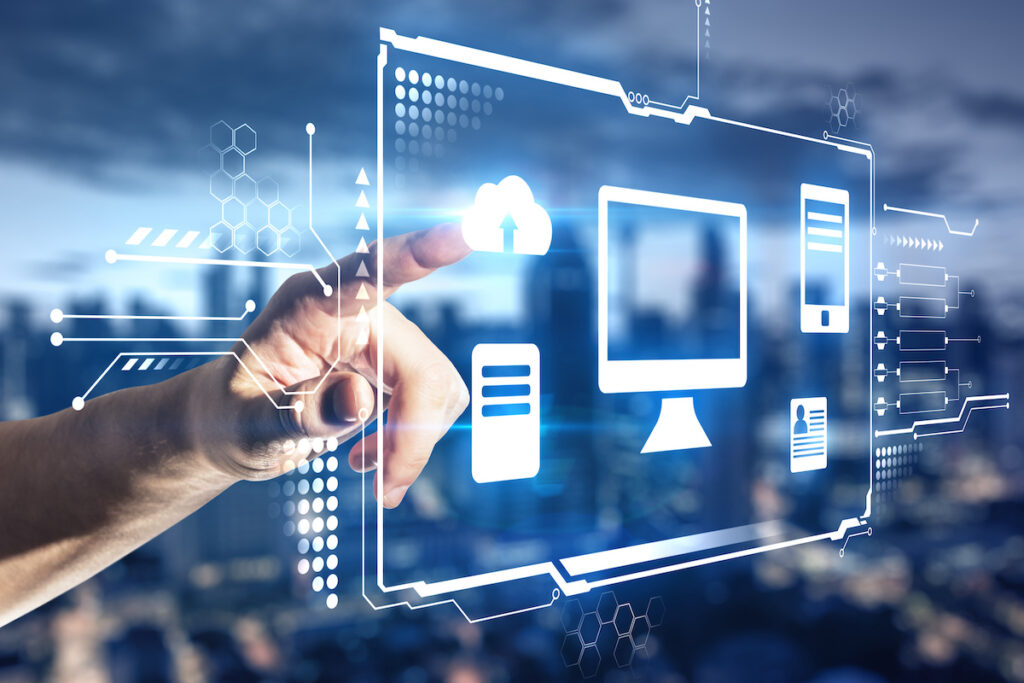
Why Enterprise Asset Management (EAM) Security Must Be Built In, Not Bolted On
Enterprise Asset Management (EAM) platforms are emerging as critical cybersecurity battlegrounds for utilities facing escalating threats to infrastructure systems.
Cities, municipalities, and public utilities are experiencing a surge in cyberattacks targeting critical infrastructure systems. Recent incidents have leveraged ransomware, zero-day exploits, and other techniques to compromise operational technology environments, exfiltrate sensitive data, and disrupt essential services. NERC’s 2025 ERO Reliability Risk Priorities Report found that “Cyber Security Vulnerabilities” ranked second among the Top Five risks identified for 2025, behind only “Grid Transformation.” The report added that “Cyber threats are increasing in frequency and sophistication and are benefiting from an increased attack surface as the grid becomes more digitized.”
Utilities are particularly vulnerable because they rely heavily on interconnected systems. For example, water and wastewater utilities depend on real-time monitoring of flow, pressure, and chemical balances to maintain safe and efficient operations. Disruptions in these environments pose not only operational risks but also significant public health and environmental hazards, underscoring the need for robust, end-to-end cybersecurity controls.
Enterprise Asset Management (EAM) applications function as centralized platforms for managing the lifecycle of critical infrastructure assets—covering asset inventories, geospatial data, condition assessments, maintenance operations, and capital planning. In the utility industry, these platforms often contain integrations to telemetry systems, SCADA linkages, regulatory compliance artifacts, and sensitive engineering data. This sensitive data, if exposed or manipulated, can jeopardize not only the operations but also the health and safety of communities. The integrity of these platforms is therefore critical—any compromise can stall maintenance cycles, trigger system failures, or put compliance at risk. Given the convergence of information technology and operational technology, securing the EAM application layer is now an operational imperative.
The Hidden Risks of On-Premises and Third-Party Cloud EAM Deployments
While some agencies still run their EAM software on-premises (on-prem) or on third-party public cloud environments, both models come with substantial security trade-offs. On-prem solutions often rely on legacy infrastructure, lack timely patching, and are limited by local IT bandwidth—making them easy targets for modern cyber threats. Meanwhile, EAM solutions deployed on third-party cloud providers often operate in fragmented environments where the software vendor and the cloud host are separate entities. This split responsibility can create delays in threat detection, patching, and coordinated response. In a crisis, unclear accountability can translate to prolonged outages and elevated risk.
A truly secure EAM solution must be integrated from top to bottom, including the cloud platform it runs on.
A Single-Vendor Security Advantage
Unlike fragmented deployments, work and asset services fully integrated on cloud infrastructure provide a true, single-vendor model—where the same entity develops, hosts, operates, and secures both the application layer and the underlying infrastructure stack. This helps eliminate security silos, shortens time-to-patch cycles, and promotes more uniform enforcement of security policies across all layers—from hypervisor to application.
A security first approach means customers benefit from seamless, robust protection without added complexity or cost. With features like defense-in-depth strategies, default encryption of all data at rest and in transit, stringent data destruction policies, and continuous 24/7 monitoring, cloud infrastructure can deliver a secure, reliable platform. An EAM model can strengthen security by proactively identifying and remedying potential weaknesses throughout the product lifecycle, ensuring systems remain resilient and compliant.
Ultimately, integrated security and compliance safeguards enable utility companies to focus on their core mission of providing essential services, without being weighed down by cybersecurity risks or administrative burdens. Organizations need to strive to ensure their operations and customer data are defended by high-performing, industry-tested technologies, backed by transparent policies and global support—offering peace of mind in an ever-evolving threat landscape.
In an era of escalating cyber risk and regulatory scrutiny, adopting an EAM platform is essential. For utilities, public works, and municipalities managing critical assets, this single-vendor approach means from infrastructure to application layer, everything is aligned under one provider so the organization’s most sensitive data is protected by design.
When the stakes are this high, security can’t be optional. Adopting a secure, integrated ecosystem purpose-built to protect is what ultimately matters most.
References
North American Electric Reliability Corporation (NERC). 2025 August 14. 2025 ERO Reliability Risk Priorities Report. Page 10. NERC.com. 2025_RISC_ERO_Priorities_Report.pdf
About the Authors
Hafid Elabdellaoui is Vice President of Cybersecurity for Oracle’s Infrastructure Industries. He is a highly accomplished technology executive with proven ability to lead successful information and cybersecurity technology operations and facilitate corporate growth through technology-business alignment. Hafid’s expertise includes cybersecurity strategy, risk management, cybersecurity architecture, network defense, incident response, and the delivery and support of enterprise security solutions. Prior to Oracle, he held senior-executive positions with Microsoft and Duke Energy Corporation.
Rahul Desai is Director of Product Management for Oracle’s Infrastructure Industries. He leads a group of senior product managers building Oracle SaaS applications with a mission of clean and affordable energy and water for all global citizens. Rahul has more than 15 years of experience in the enterprise software segment running agile teams within large organizations and helping companies leverage technology to positively impact business outcomes. His experience includes working across US, Europe, Asia and Latin America. Rahul has a passion for leveraging cutting-edge technologies and is committed to improving work and asset management practices for utilities organizations. He feels fortunate to work on addressing climate change and sustainability, two of the most pressing issues of our lifetime.







